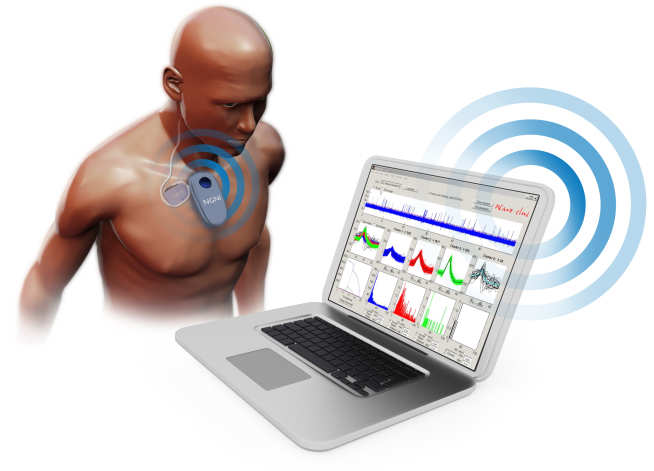Completed Project (2013-2016)
Research Team: Song Luan, Ian Williams, Lieuwe Leene, Yan Liu, Timothy Constandinou
Collaborators: Andrew Jackson (Newcastle), Kenneth Harris (UCL), Gyorgy Buzsaki (NYU)
Funding: Engineering and Physical Sciences Research Council (EPSRC) EP/K015060/1

Understanding how the trillions of action potentials of the brain's billions of neurons produce our thoughts, perceptions, and actions is one of the greatest challenges of 21st-century science. Similarly, understanding how this activity is disrupted by neurological and psychiatric diseases is one of the greatest challenges of 21st-century medicine.
Due to the massively parallel nature of the brain's computations, answering these questions experimentally relies on being able to monitor very large numbers of neurons simultaneously.
Advances in electrode microfabrication and high-throughput data analysis have allowed scientists to record from hundreds of neurons in a small local area of the brain. However, as both healthy and unhealthy neural operation arises from the interaction of multiple, widely distributed brain circuits, its understanding requires a technological step-change that allows the monitoring of much larger numbers of neurons over many brain areas.
Large-scale neuronal recording relies on the use of microfabricated multielectrode arrays (MEAs). Arrays capable of recording from hundreds of local neurons are now commercially available. In principle, these arrays provide the ability to record from thousands of neurons across multiple brain structures, simply by using a large number of probes simultaneously. However, accessing the data produced by these electrodes cannot be achieved with current technologies, as it is simply impossible to pass a sufficient number of very low amplitude analogue signals, as in current passive connection systems.
iPROBE addresses this by leveraging communication protocols used commonly in high-performance computing. Allowing simple, robust, and low-noise connection of several multi-electrode arrays, will allow us to monitor thousands of neurons from multiple probe structures using a single communication interface.
iPROBE exploits cheap, commercially-available microelectrode arrays (eg. NeuroNexus), connected to a custom CMOS Integrated Circuit (IC) via high-density flexible ribbon cables. CMOS ICs are low-cost and produce high-yield and area-efficient active electronics suitable for amplifying, filtering, analog-to-digital conversion, and encoding of each electrode array's spiking neuron data. Each group of serially connected probes will terminate into a standard USB interface. The new USB-3.0 protocol (marketed using the SuperSpeed term) can allow for serial data speeds of 5Gbps. For data sampled at 25kS/sec at 12-bit resolution, this could provide a bandwidth capable of supporting over 10,000 electrodes: two orders of magnitude beyond current technology.